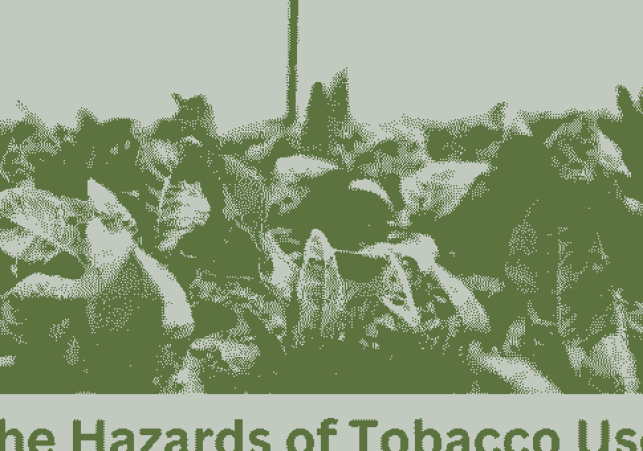
Tobacco Use
Protecting Young Lives: The Hazards of Tobacco Use and the Influence of Marketing
- By --
- Friday, 02 Jun, 2023
Introduction:
The widespread use of tobacco products poses a significant threat to the health and well-being of young individuals. This summary sheds light on the alarming statistics, emphasizing the need to combat tobacco usage, especially among children, teenagers, and young adults. Furthermore, it highlights the staggering amount of money spent by tobacco companies annually to market various tobacco products, including cigarettes, cigars, and e-cigarettes.
Statistics on Youth Tobacco Use:
According to the Centers for Disease Control and Prevention's (CDC) 2006-2017 Global Youth Tobacco Survey, an estimated 14 million young people between the ages of 13 and 15 currently use tobacco products worldwide. These figures underscore the urgent need for preventive measures and education to discourage tobacco use among the most vulnerable age groups.
Marketing Tactics and Industry Spending:
Tobacco companies allocate billions of dollars each year to promote their products through sophisticated marketing campaigns. These efforts target a wide range of tobacco products, including traditional cigarettes, cigars, and newer alternatives like e-cigarettes. By leveraging various channels, such as print media, television, social media, and sponsorships, tobacco companies seek to entice young individuals into a potentially lifelong habit.
The Dangers of Tobacco Use:
Using any form of tobacco product, regardless of age, carries severe health risks. However, the dangers are magnified when it comes to children, teenagers, and young adults due to their developing bodies and vulnerability to addiction. Tobacco use has been linked to various health issues, including respiratory problems, cardiovascular diseases, cancer, and compromised oral health. By raising awareness about these risks, we can empower young people to make informed decisions about their well-being.
The Urgency for Action:
With the prevalence of youth tobacco use and the substantial investments made by tobacco companies in marketing, it is imperative to prioritize effective interventions. Collaborative efforts between governments, healthcare professionals, educators, and communities are necessary to combat the tobacco epidemic. By implementing stringent regulations, promoting comprehensive tobacco control programs, and empowering young individuals with education, we can foster a tobacco-free future and safeguard the health of our youth.
Conclusion:
The widespread usage of tobacco products among young people, coupled with the formidable marketing strategies employed by tobacco companies, poses a significant threat to public health. Raising awareness about the dangers of tobacco use and implementing preventive measures is crucial to protect children, teenagers, and young adults from the harms associated with these products. By working together to counter the influence of tobacco marketing and empowering young individuals with knowledge, we can create a healthier and tobacco-free future for the next generation.
WHO actions on it :
On World No Tobacco Day, the World Health Organization (WHO) calls for an end to government subsidies for tobacco farming and advocates for the cultivation of sustainable food crops to address global food insecurity, protect health, and preserve ecosystems. Tobacco farming, responsible for 8 million deaths annually, utilizes millions of hectares of land while trapping farmers in debt and endangering their health. By transitioning to healthier crops, we can break this cycle and prioritize the well-being of communities worldwide.
